Stinnett21
Chief Petty Officer
- Joined
- Jun 24, 2012
- Messages
- 542
That's a 4 1/4 prop meaning exhaust (at least a good amount of it) travels over the outside of the hub causing ventilation. This is at least some, if not all, of your issue.

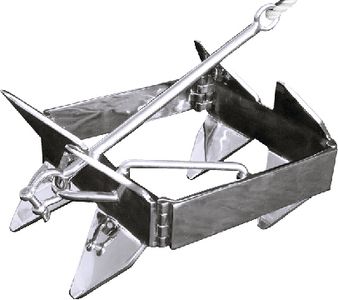

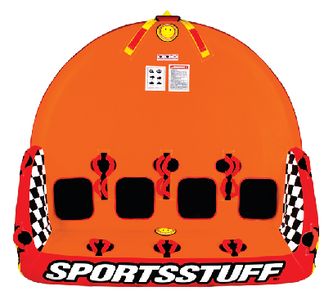
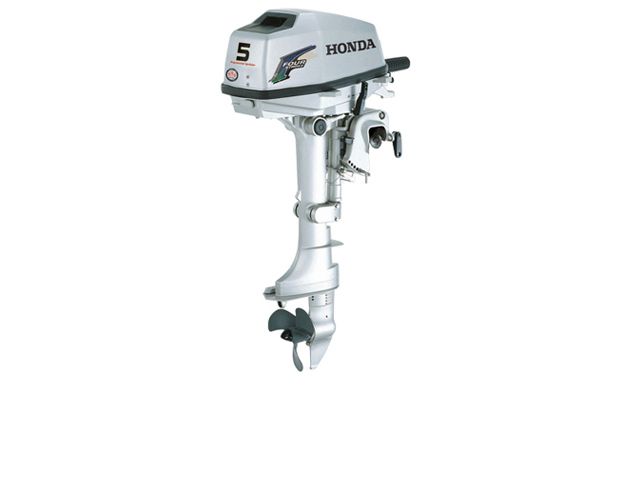
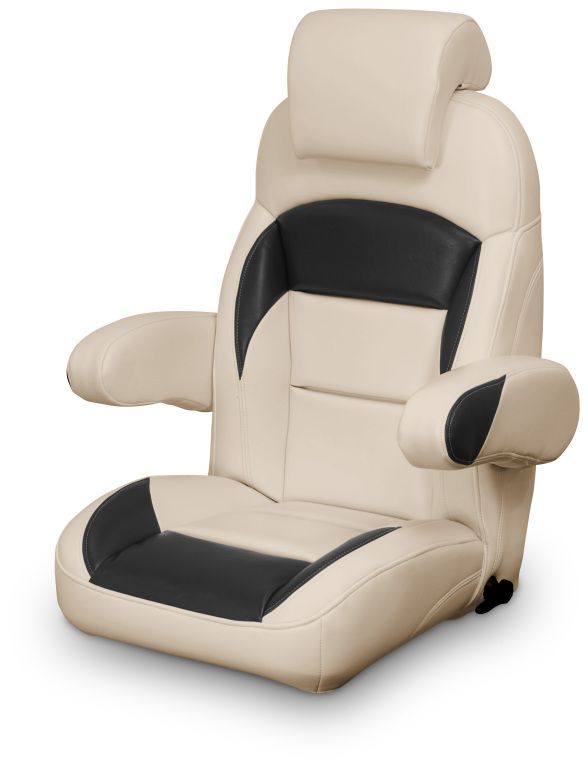
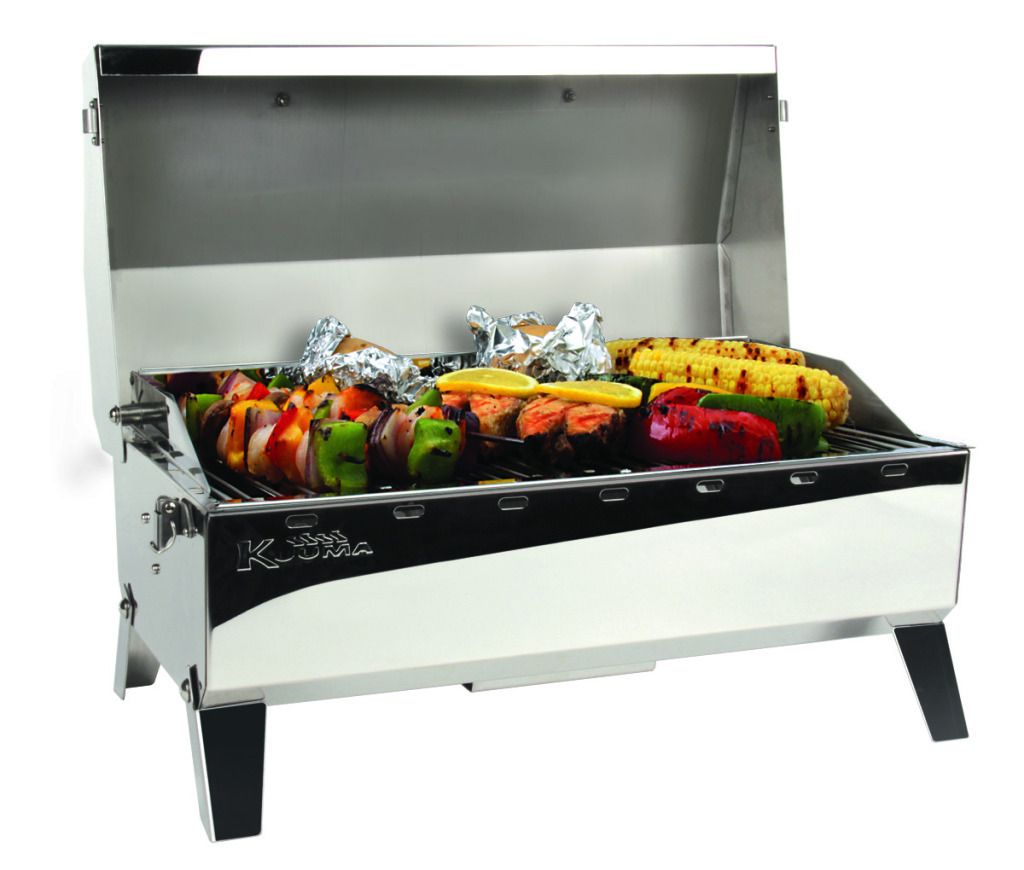

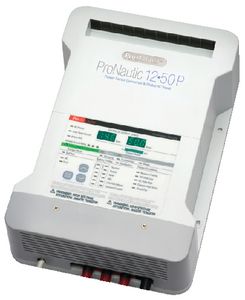
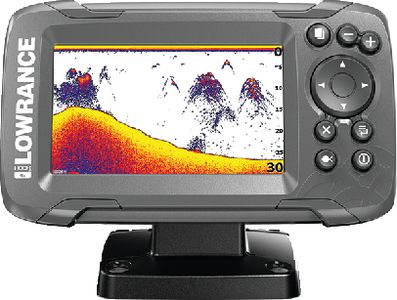
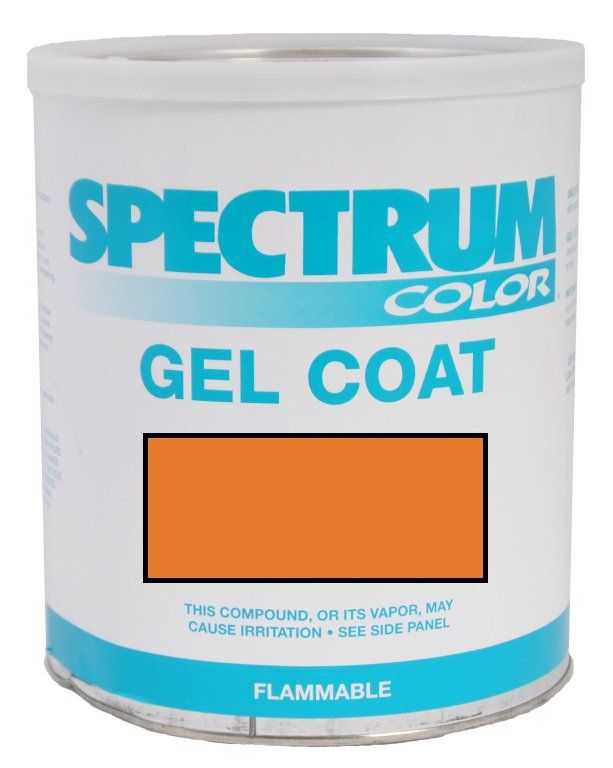
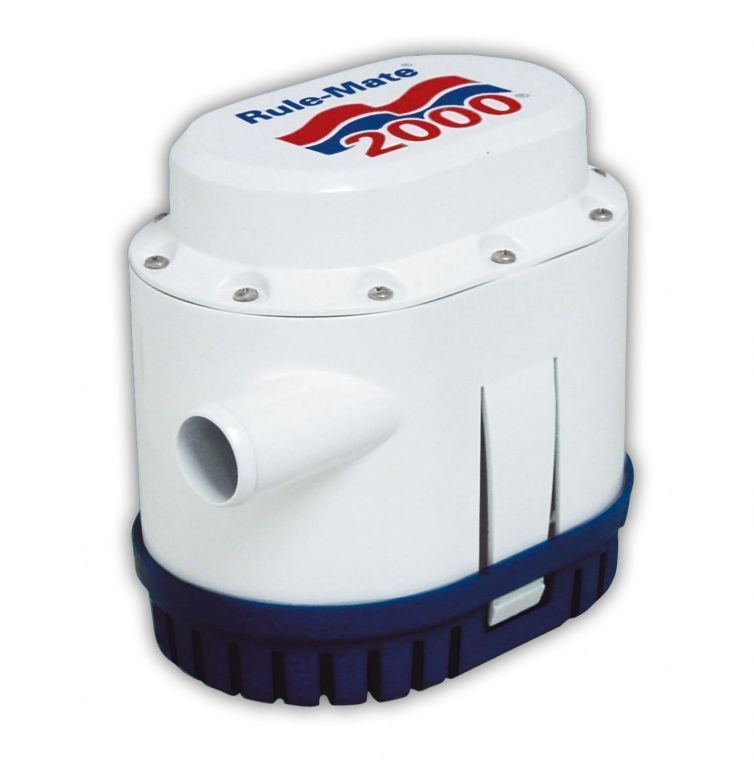
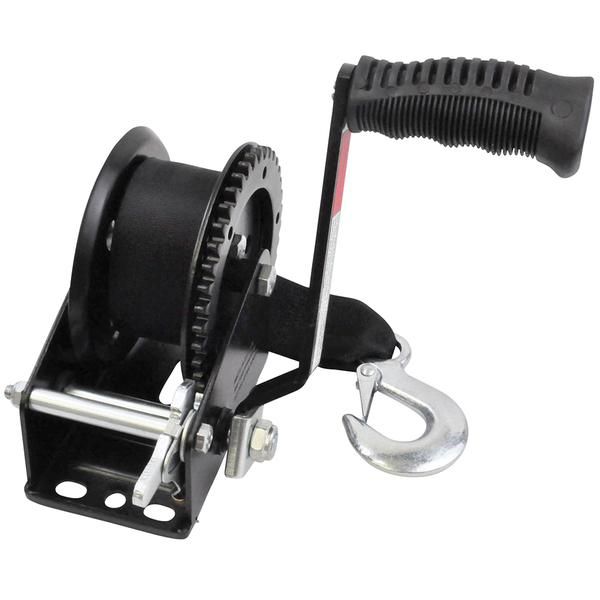
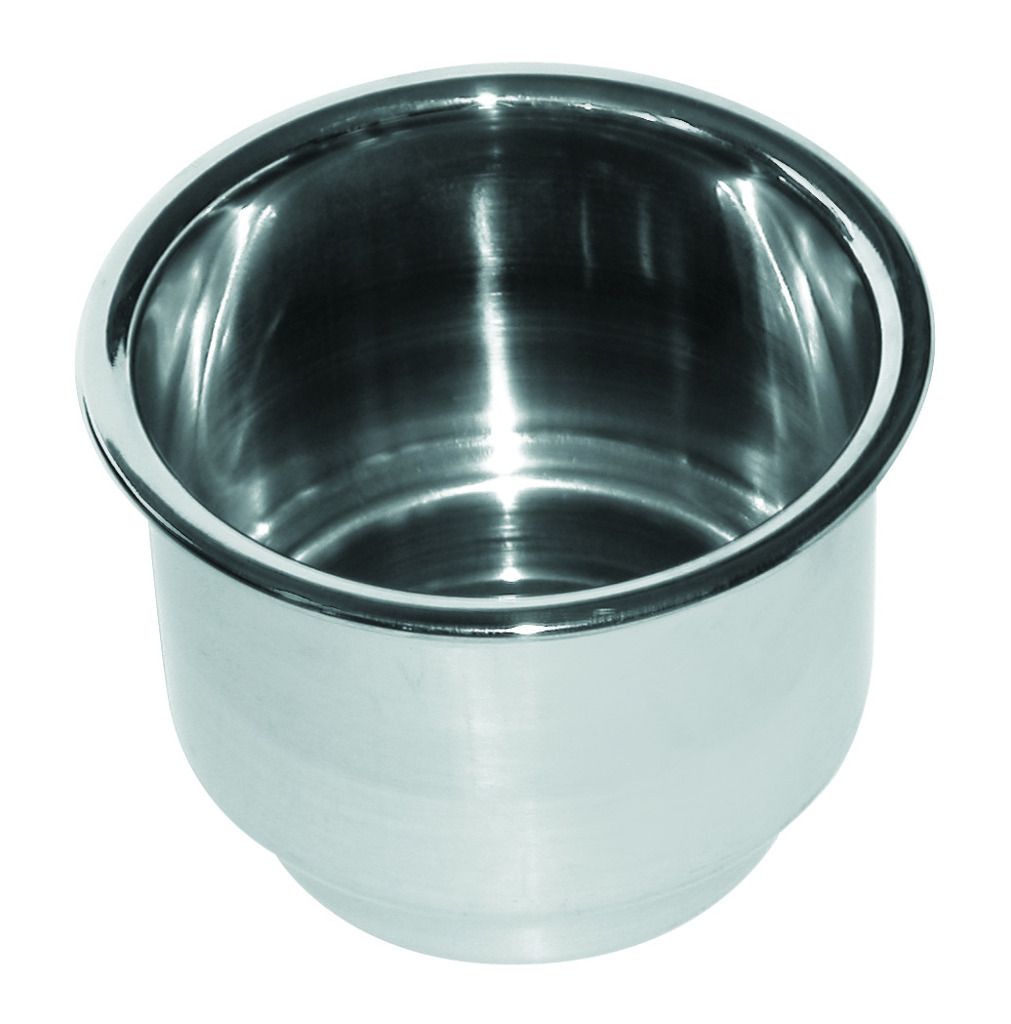

It's just what I've always been told.Your point on the compression test is interesting. When I performed my test the throttle plate was in neutral/idle position and the other non-testing cylinder plugs were still installed. You have me curious if this makes a material difference, so I'll re-run my compression test with those 2 setup changes (throttle plate open and all plugs out at same time).


Thanks for the explanation. That makes sense wrt/ to the lower available power on the 3.0L and the desire to get rpm's up quickly.@gsbarry if you look long enough no matter what anyone tells you there is somewhere else which will provide a different set of facts or opinion. Your posting above is true but also need to know where it was taken from. The question of where is need to determine how it was presented.
Saying a 4B provides better hole shot and better handling at slow speeds "IF" (note the if) your talking about a light boat with sufficient power. Your boat as 1 of the 2 items mentioned. It is a light boat but does not have sufficient power.
It is correct a 4B has more surface area and therefore has less slip. Slip is good and bad. Good so every turn of the prop bits in hard and moves the boat forward (with sufficient power) more efficiently. Bad because a motor needs to get the rpm's spun up fast to get into the torque band. So 4B does not allow the rpm's to come up fast.
The 3B has less area and has more slip. Good is with more slip the prop spins faster sooner and gets the motor into the torque band. Bad is more slip
So the rule of thumb due to differences in surface area, a 4B pitch equals a 3B with 2 inches of pitch added.
On a light boat a 4B will also provide more stern lift. Lift can be good and bad, and all depends on the boat
Last thing keep reading and find areas where folks here have provided input. Go elsewhere and read those things. When done decide which one you want to go with and try it. Only ask when done is make sure to come back and let us know what you did so the answers will be here for the next guy looking
Good luck
Your point on the compression test is interesting. When I performed my test the throttle plate was in neutral/idle position and the other non-testing cylinder plugs were still installed. You have me curious if this makes a material difference, so I'll re-run my compression test with those 2 setup changes (throttle plate open and all plugs out at same time).
Quicksilver props are Mercury props marketed under a different name so they can be sold at retail outlets rather than dealerships (or something like that, I'm not a marketing exec). They are also sold without the hub kit, thus the lower price than a Mercury. Sounds like you need the hub so might as well buy Merc. Quicksilvers have different names but you can google the equivalent. The Quicksilver Black Diamond is the Mercury Black Max, the Quicksilver Nemesis is the Mercury Spitfire, the Quicksilver Q3 is the Mercury Enertia, etc.@gsbarry if you look long enough no matter what anyone tells you there is somewhere else which will provide a different set of facts or opinion. Your posting above is true but also need to know where it was taken from. The question of where is need to determine how it was presented.
Saying a 4B provides better hole shot and better handling at slow speeds "IF" (note the if) your talking about a light boat with sufficient power. Your boat as 1 of the 2 items mentioned. It is a light boat but does not have sufficient power.
It is correct a 4B has more surface area and therefore has less slip. Slip is good and bad. Good so every turn of the prop bits in hard and moves the boat forward (with sufficient power) more efficiently. Bad because a motor needs to get the rpm's spun up fast to get into the torque band. So 4B does not allow the rpm's to come up fast.
The 3B has less area and has more slip. Good is with more slip the prop spins faster sooner and gets the motor into the torque band. Bad is more slip
So the rule of thumb due to differences in surface area, a 4B pitch equals a 3B with 2 inches of pitch added.
On a light boat a 4B will also provide more stern lift. Lift can be good and bad, and all depends on the boat
Last thing keep reading and find areas where folks here have provided input. Go elsewhere and read those things. When done decide which one you want to go with and try it. Only ask when done is make sure to come back and let us know what you did so the answers will be here for the next guy looking
Good luck
Scott, are you saying 15p is the lowest number you would go with? Or the highest number?You don't have enough motor to spin more than a 15p 4-blade with your current boat
You can add most properly sized, and "fully" powered (rated HP) boat, to that list as wellThe only boat with only 1 prop for all running ?
Is a race boat.
All others have at least 2 different props.
"So I'm confused when you say a 19P 4 blade is equal to a 21P 3 blade, I would have thought it was the opposite, that a 21P 4 blade would be equal to a 19P 3 blade."Thanks for the feedback on the 3 blade. I respect y'alls opinions but I'm left a little confused on the recommendation. This may be because I didn't really talk about my typical boating conditions and performance desires. Typically, the lakes/time of day that I plan to boat on are fairly choppy from either weather or boat traffic, or both. Also, I personally put more emphasis on low end torque and hole shot rather than top end. From my reading a 4 blade provides better handling at low speeds, and improved hole shot, sacrificing top end, which in my mind is similar to going down in pitch. So I'm confused when you say a 19P 4 blade is equal to a 21P 3 blade, I would have thought it was the opposite, that a 21P 4 blade would be equal to a 19P 3 blade. What is it about my application that makes 4 blades a poor choice? Just trying to learn and understand.
View attachment 405452
For my application, what kind of pitch spread would y'all generally expect going with a 2-prop approach? (One prop for fully loaded slower speeds, and one prop for unloaded higher speeds). I get that it's hard to say exactly without testing, but just in general. Are we talking 2" pitch difference between the "fast" and "slow" prop? Or something more dramatic like 4" or 6"?Even a USCG bowrider with a maximum Hp motor. Mine Stil needs 2 props.
1 for only me doing WOT and turns.
1 for 6.... 200 pound seniors on a fast cruise to a picnic.
I change props at the dock in 5 minutes.
15p in a 4 blade is the highest I would consider.Scott, are you saying 15p is the lowest number you would go with? Or the highest number?
adding a blade is like adding 2" of pitch. adding blades and adding pitch both add load to the motor requiring more torque at a given speed."So I'm confused when you say a 19P 4 blade is equal to a 21P 3 blade, I would have thought it was the opposite, that a 21P 4 blade would be equal to a 19P 3 blade."
I had 3 props in my 3.0 powered boat (see post #11). and pulling skiers, I still had to have most of the people toward the front to get a good hole shot.For my application, what kind of pitch spread would y'all generally expect going with a 2-prop approach?